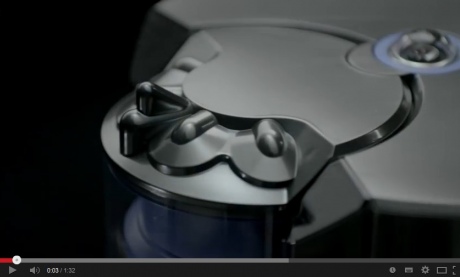

Andrew Davison was one of the first researchers to develop robots that could map their surroundings and has been advising Dyson for nearly ten years.
Dyson has been working on robotics with Prof Andrew Davison since 2005, and has recently invested £5M in the Dyson Robotics Lab here in the Department of Computing at Imperial College.
Prof Davison heads this laboratory and with his colleagues has been working on perception and computer vision technology with the aim of developing a new type of robot that can move beyond controlled locations such as factories and into a wide range of applications and products in the home and other difficult environments.
A particular focus on achieving this goal is on expanding the frontiers of practical visual SLAM (Simultaneous Localisation and Mapping) research which works towards robotic general real-time scene understanding in usable 3D detail.
Such technology developed by Prof Davison and his team has now been incorporated into Dyson's latest robot vacuum cleaner the Dyson 360 Eye which is equipped with a 360-degree panoramic camera and infrared sensors to look at an entire room and determine its position. The camera captures up to 30 frames per second and analyses each shot to identify a room's geometry and potential obstacles, and update its path accordingly. Thus allowing the machine to constantly establish where it has been, and where it still needs to clean.
Dyson is not the first company to release a robotic vacuum cleaner, but is the first company to use this cutting edge technology.
See the Dyson 360 Eye in action:
Article text (excluding photos or graphics) available under an Attribution-NonCommercial-ShareAlike Creative Commons license.
Photos and graphics subject to third party copyright used with permission or © Imperial College London.
Reporter
Royston Ingram
Department of Computing

Contact details
Email: press.office@imperial.ac.uk
Show all stories by this author




